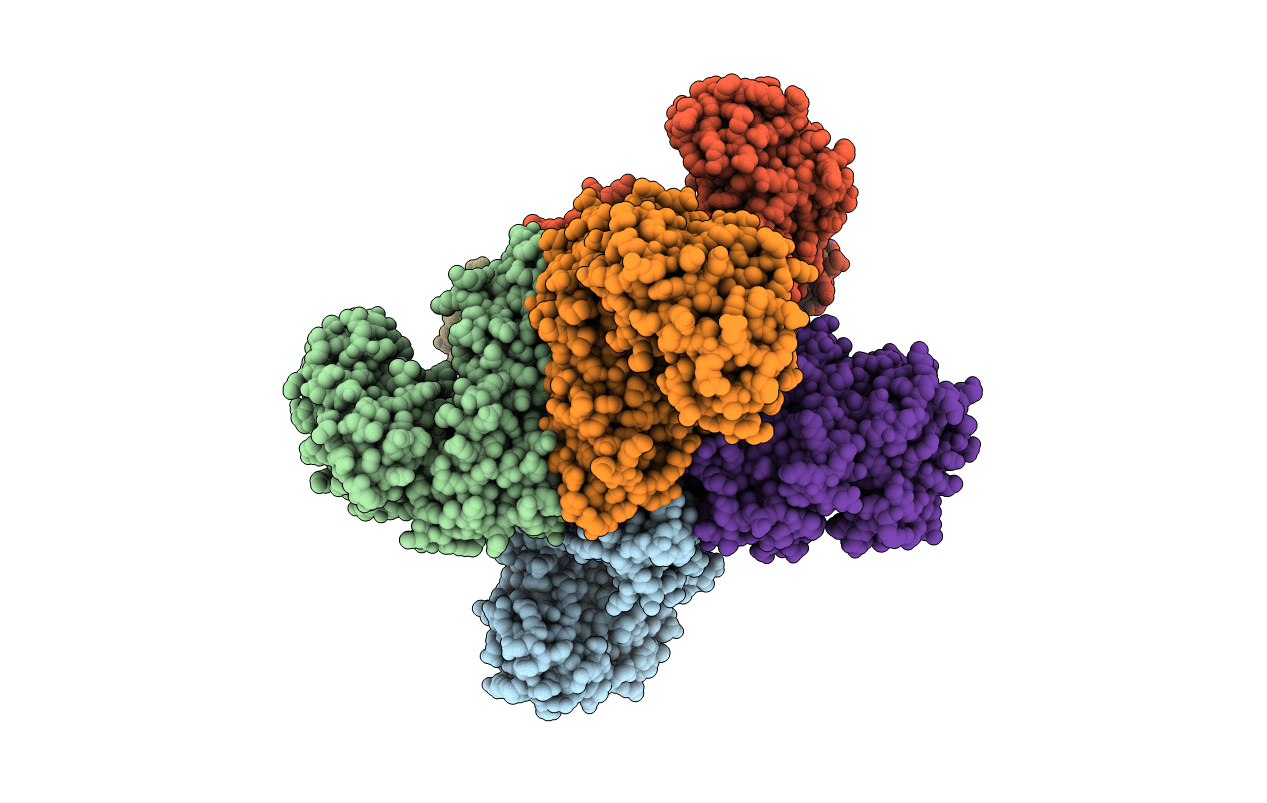
Deposition Date
1998-12-04
Release Date
1999-12-08
Last Version Date
2023-12-27
Entry Detail
PDB ID:
2TMG
Keywords:
Title:
THERMOTOGA MARITIMA GLUTAMATE DEHYDROGENASE MUTANT S128R, T158E, N117R, S160E
Biological Source:
Source Organism:
Thermotoga maritima (Taxon ID: 2336)
Host Organism:
Method Details:
Experimental Method:
Resolution:
2.90 Å
R-Value Free:
0.27
R-Value Work:
0.21
R-Value Observed:
0.21
Space Group:
P 31 2 1


